Water efficiency is a critical consideration for RV owners looking to reduce waste and maintain autonomy during travel. With limited tank capacity and a reliance on sustainable water usage, every drop counts when you’re on the road. If you are staying at a campground without a water hookup at your site or you’re boondocking, filling up your water tank is not always easy. Sometimes you might have to go for days without having access to an area to fill your water tank, so implementing water-saving techniques is necessary for stress-free travels.
Our guide helps by providing expert advice and advanced strategies to make your RV toilet as water-efficient as possible, ensuring you can enjoy your adventures without unnecessary stops for water refills.
The Types of RV Toilets
Before optimizing water efficiency, it’s important to understand the types of RV toilets and how they work. While most RV toilets are built to conserve water compared to traditional home toilets, not all of them are made equally. Their efficiency varies depending on the model.
Learning about each of these options will help you evaluate where your current setup stands in terms of water consumption. From there, you can explore strategies to improve efficiency further.
Gravity Flush Toilets
These are the most common type of RV toilets, relying on downward water flow to flush waste into the holding tank. While relatively water-efficient, they still use more water than alternative options.
Vacuum Flush Toilets
Vacuum flush systems focus more on using suction to move waste, requiring less water per flush compared to gravity systems. The tradeoff comes in a higher initial cost and slightly more complex maintenance requirements.
Cassette Toilets
A compact and removable tank system makes cassette toilets ideal for small RVs. They generally consume less water, but tank capacity can still be a limiting factor worth considering.
Composting Toilets
Composting toilets eliminate the need for water entirely by breaking down waste through decomposition. They are a great option for those prioritizing water conservation, but require specific care for proper operation.

Simple Water-Saving Techniques
Not ready for major changes to your RV toilet system? You can still improve water efficiency with these simple, effective techniques. These small changes provide noticeable results in water savings, allowing you to extend your resources during longer trips.
Pay Attention to Your Flush Habits
Flushing less frequently makes a significant difference for existing gravity-fed or vacuum-based systems. Instead of flushing after every use, wait until there’s more waste to minimize water use per flush.
A common saying for this is “if it’s yellow, let it mellow, if it’s brown, flush it down.” If that doesn’t sound like something you’d like to do, just avoid flushing when there’s minimal waste. No matter how you go about it, be mindful of tank capacity and cleanliness to prevent intense odors or buildup.
Upgrade to a Low-Flow Showerhead
While not directly related to the toilet, having a low-flow showerhead can drastically reduce water use across your RV, including bathroom-related consumption. These showerheads are designed to maintain water pressure while significantly limiting flow, perfect for RVs with limited water reserves.
Adopt Shorter Showers and Dual-Use Practices
Even if you decide not to get a low-flow showerhead, shortening your shower time is another effective way to minimize water use. You can take this a step further by practicing dual-use habits, such as collecting unused cold water while waiting for heated water to reach the faucet. You can repurpose the water you collected for cleaning or flushing.
Advanced Water-Saving Methods
While our suggestions so far for maximizing water efficiency for your RV toilet can be quite effective if implemented properly, you don’t have to stop there. For those willing to make a more significant investment in efficiency, advanced upgrades offer long-term benefits by modernizing your RV’s water system.
Upgrade to a Composting Toilet
Without a doubt, the best way to save on water is to replace your current toilet with a composting toilet. These innovative systems rely on decomposition rather than flushing, eliminating water reliance entirely for waste management. While they require a learning curve for proper handling and maintenance, composting toilets are a top choice for environmentally conscious RV owners looking for maximum efficiency.
Consider Water-Saving RV Toilets
If you don’t feel comfortable with a compost toilet, there are still plenty of water-based models specifically engineered to minimize water use while maintaining suitable functionality. These products often include adjustable flush controls or use innovative designs to handle waste with less water.
A perfect example of this is the foot flush RV toilet. The pedal on the side allows you to control precisely how much water runs through the system, meaning you can stop the flow as soon as the bowl is clean. Exploring options like this helps you have more control over the amount of water you use while on the road.
Install a Gray Water Recycling System
If you want to try something else, another advanced water-saving method involves installing a gray water recycling system. These systems filter used water from sinks and showers for secondary use, such as flushing the toilet. Though installation can be complex, it significantly extends the usability of your onboard water supply, reducing overall consumption.

Additional Products To Enhance Water Efficiency
Outside of new toilets and plumbing systems, you can purchase other toilet-related products that can help reduce your overall water usage. Understanding your options here can guide your purchasing decisions when seeking water-efficient solutions for your RV toilet system.
Look Into Smart Toilet Upgrades
Some RV toilets utilize smart technologies that can automate water conservation, such as dual flush modes or sensors that minimize each flush’s water volume. These modern tools optimize water use without relying as much on manual intervention. Implementing these upgrades not only reduces overall water consumption but also enhances the convenience and sustainability of your RV lifestyle.
Aerators for Water Fixtures
Aerators are simple devices you can install onto faucets and showerheads to limit water flow while maintaining pressure. They’re not as advanced as the previously mentioned low-flow showerheads, but they’re quite cost-effective. Since they’ll help reduce water usage across your RV, they’ll indirectly enhance the efficiency of your toilet by stretching your water supply further.
Tank Treatments for Efficient Waste Breakdown
Finally, another option you can consider is tank treatments that accelerate the decomposition of waste. This will help reduce the need for frequent flushing, saving water in the process. Just be sure to find treatments that are eco-friendly and compatible with your RV’s plumbing system to avoid complications.
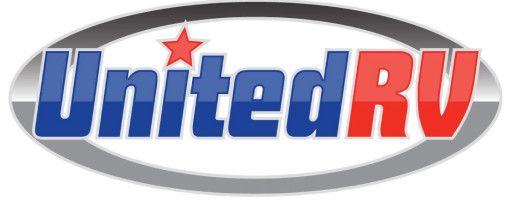

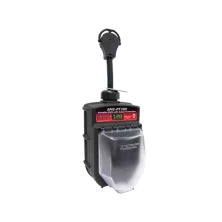
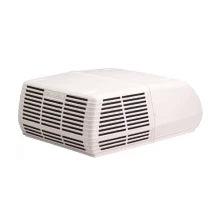
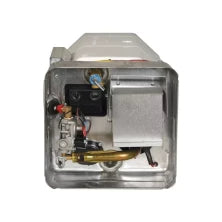
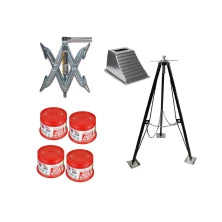
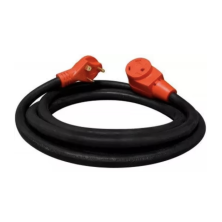
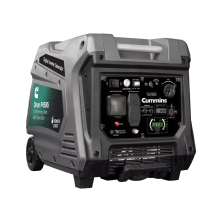

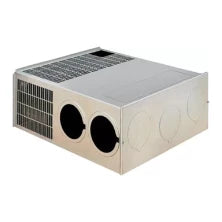
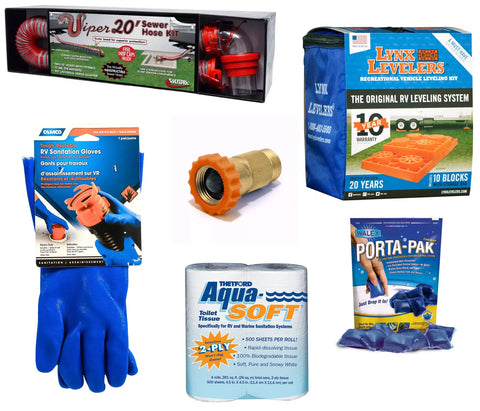
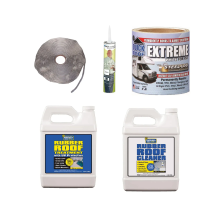
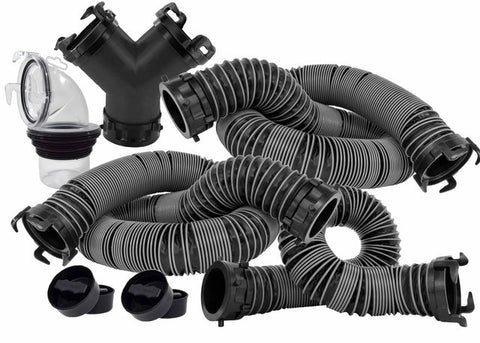
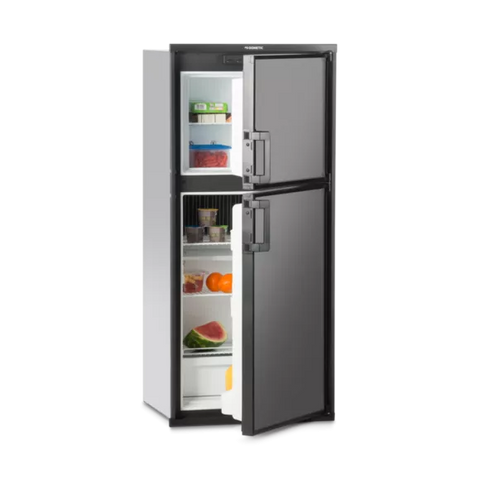
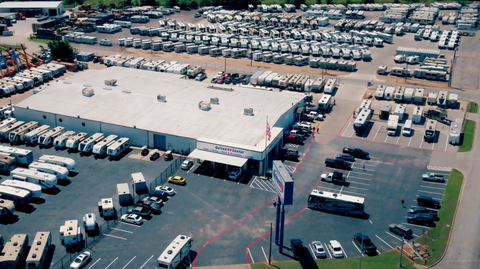
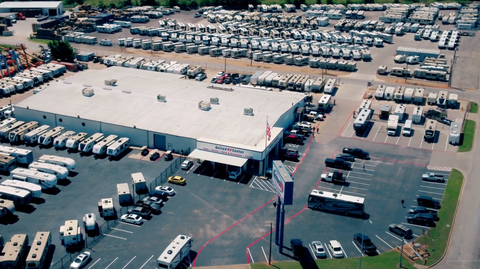
Comments (0)
There are no comments for this article. Be the first one to leave a message!